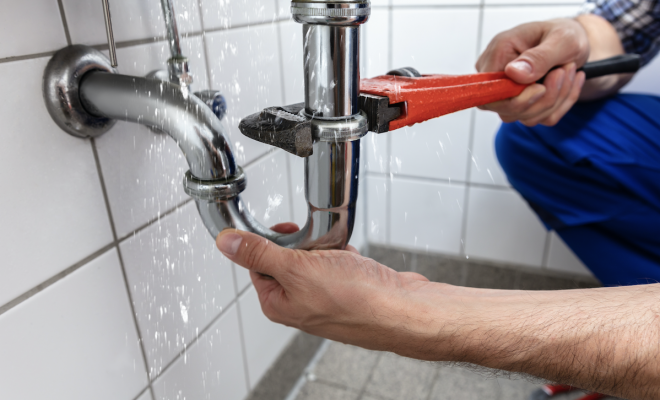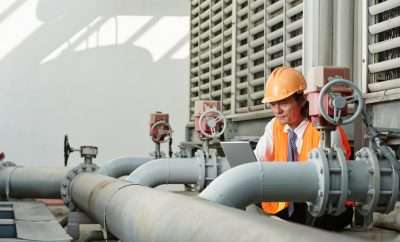
Help! My Pipes Are Leaking
Help! My Pipes Are Leaking
Water leaks are a common problem in many homes. Some of the leading causes of both indoor and outdoor leaks include damaged pipes, loose plumbing connections, overly high water pressure, worn-out seals and gaskets, weak joints, and clogged pipes. Are you in the brinks of screaming; “Help! My pipes are leaking.” Here’s help.
Some leaks are easier to detect and repair than others. For instance, a faulty faucet is more noticeable than a cracked underground pipe. But it is crucial to identify all leaks early on to prevent costly water loss and avert potential damage to the property. So how do you find water leaks? What are the signs to look out for?
How to Find Water Leaks
Water leaks can occur anywhere along plumbing lines, from the water main to fittings and appliances. Low water pressure, unexplained high water bills, cracks on the walls, buckled tiles, wet spots, and puddles are some of the tell-tale signs of a leak. There are generally two ways you can go about detecting water leaks — without a water meter and by using a water meter.
Without a water meter
Finding water leaks this way may involve a bit of detective work. You should be able to spot and examine signs of leaks to pinpoint their sources.
Here are some tips on how to inspect your house and its surroundings for leaks:
- Odd damp areas and wet spots on the wall, ceiling, or floor might form from a leaking pipe.
- A musky or foul odour could be emanating from leaking dirty water or rotting wood and mould growing underneath a leak.
- Examine the backyard for unusually green patches of grass or undergrowth — that might indicate an underground leak.
- Listen for the sound of flowing water, dripping, whistling, or clanking along plumbing lines, especially in areas that have experienced leaks before.
- Dry test your sinks, faucets, shower drains, and toilets by placing a dry paper towel under piping joints and valves to check for drips.
Using your water meter
Using a water meter to detect leaks is more straightforward than manually looking for indications of a leak. First, turn off all your water outlets: taps, faucets, garden hoses, and showers — or close the master gate valve altogether if you have one. Then, locate your water meter and take its reading. Wait for about half an hour and take a second-meter reading. If the first and second readings are the same, you have nothing to worry about; otherwise, you might have a leak. The bigger the difference between the readings, the more severe the leak.
How to Fix a Leak
If you are handy and have all the right tools, you can easily fix some minor leaks yourself, such as tightening joints or changing seals and washers. But for intensive work, it is best to call in a professional plumber. For instance, severely damaged pipes may need replacing, and you certainly should not attempt to do that yourself.
Some minor repairs and component replacements do the trick for most leaks. But some leaks stem from even more profound problems such as severe blockage or badly damaged pipes. So, report any persistent leaks to a professional plumbing service to get an all-rounded permanent fix.














